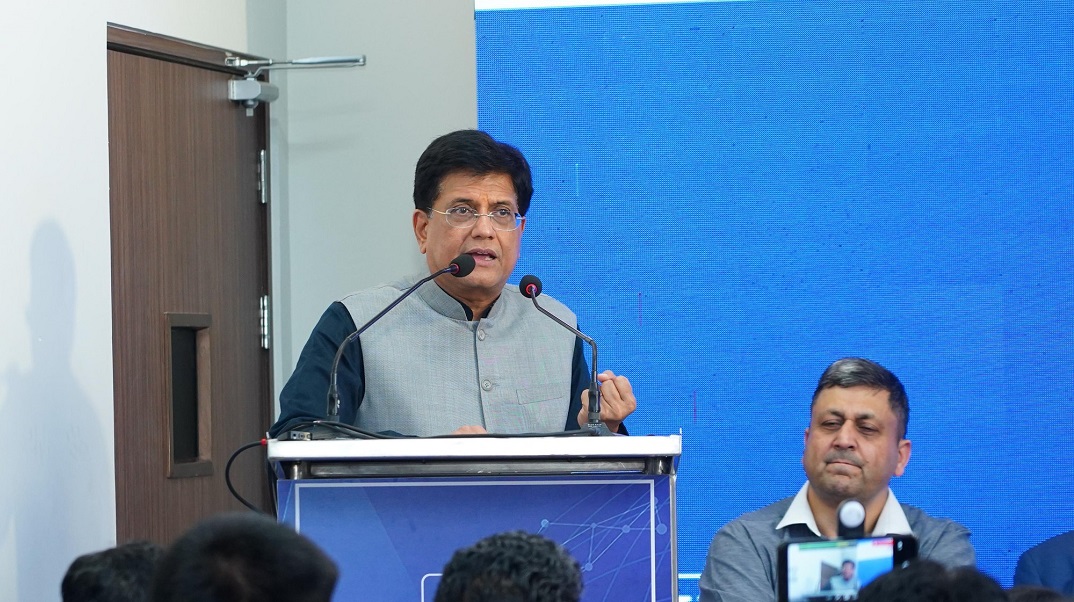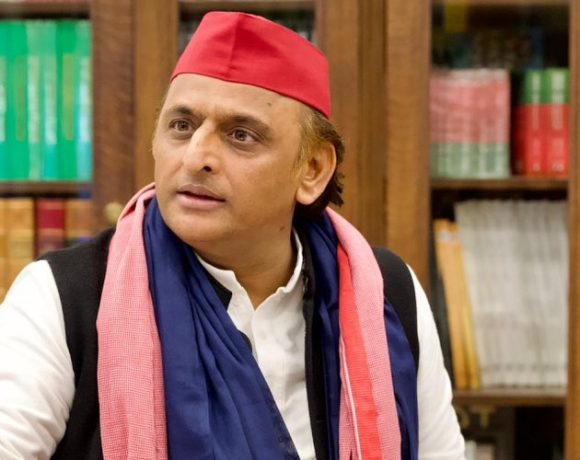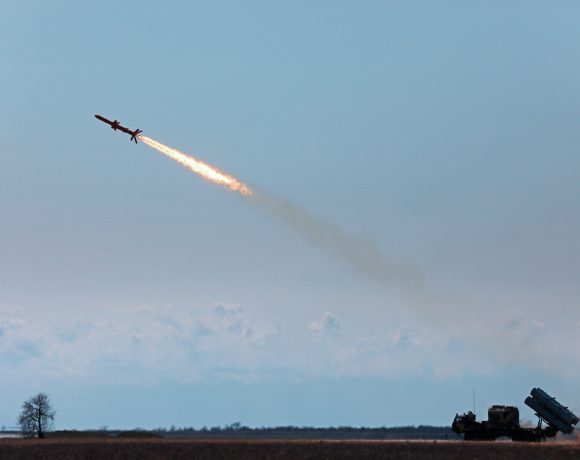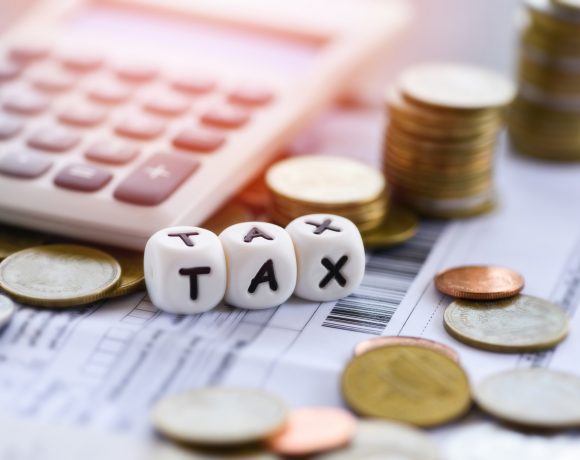
India to Become World’s Third-Largest Economy by 2027, Says Piyush Goyal
Union Commerce and Industry Minister Piyush Goyal recently stated that India is on track to become the world’s third-largest economy by 2027, a goal driven by sweeping economic reforms, robust infrastructure investment, and enhanced global competitiveness. Speaking at an industry event, he emphasized that “great economies are not built in calm waters,” underlining India’s readiness to weather global challenges.
Economic Momentum and Growth Drivers
Goyal noted that despite global uncertainties—ranging from inflationary pressures to supply-chain disruptions—India has delivered consistent GDP growth, outperforming major economies. He attributed this resilience to government-led reforms: simplified tax systems, streamlined regulatory approvals, expanded export incentives, and strategic investments in logistics, digital infrastructure, and energy projects. These efforts have strengthened domestic industries and boosted foreign investor confidence.
India’s export ecosystem has experienced robust expansion, with shipments across sectors like pharmaceuticals, electronics, textiles, and green energy ducts witnessing double-digit growth. Goyal highlighted new Free Trade Agreements (FTAs) underway, such as those with the UK, EU, and Canada, which he believes will expand market access, enhance competitiveness, and support targets like $2 trillion in exports by 2030.
Strategic Reforms and Investment Initiatives
Goyal praised the government’s “Make in India” and “Atmanirbhar Bharat” efforts as pivotal in transforming India into a manufacturing and innovation hub. He cited several flagship schemes—the Production Linked Incentives (PLI) for electronics, pharmaceuticals, and automobile sectors—as driving investments with global majors like Apple, Samsung, Pfizer, and Volkswagen establishing local supply chains.
Furthermore, record-scale investments in transport and energy infrastructure—including highways, ports, airports, solar farms, and hydrogen production facilities—were highlighted as critical enablers of economic acceleration and improved ease of doing business.
Labour, Skill Development, and Inclusion
On human capital, Goyal stressed India’s large, youthful, and skilled workforce as a competitive advantage, with millions joining the workforce annually. Initiatives like PM Kaushal Vikas Yojana and phased training programmes, often led by industry partners, are rapidly enhancing vocational capabilities across diverse sectors, supporting both industrial and service economies.
Global Positioning and Economic Outlook
Goyal’s forecast positions India behind only the US and China by 2027, based on projected GDP figures in real terms. He emphasized that India is already the third-largest by purchasing power parity (PPP) and has the potential to close the gap using market-linked exchange rates through accelerated reforms.
While acknowledging persistent challenges—such as improving productivity, bridging infrastructural gaps in rural regions, and advancing financial inclusion—Goyal affirmed that the current trajectory puts India on course to become a $5 trillion economy by 2028–29.


















